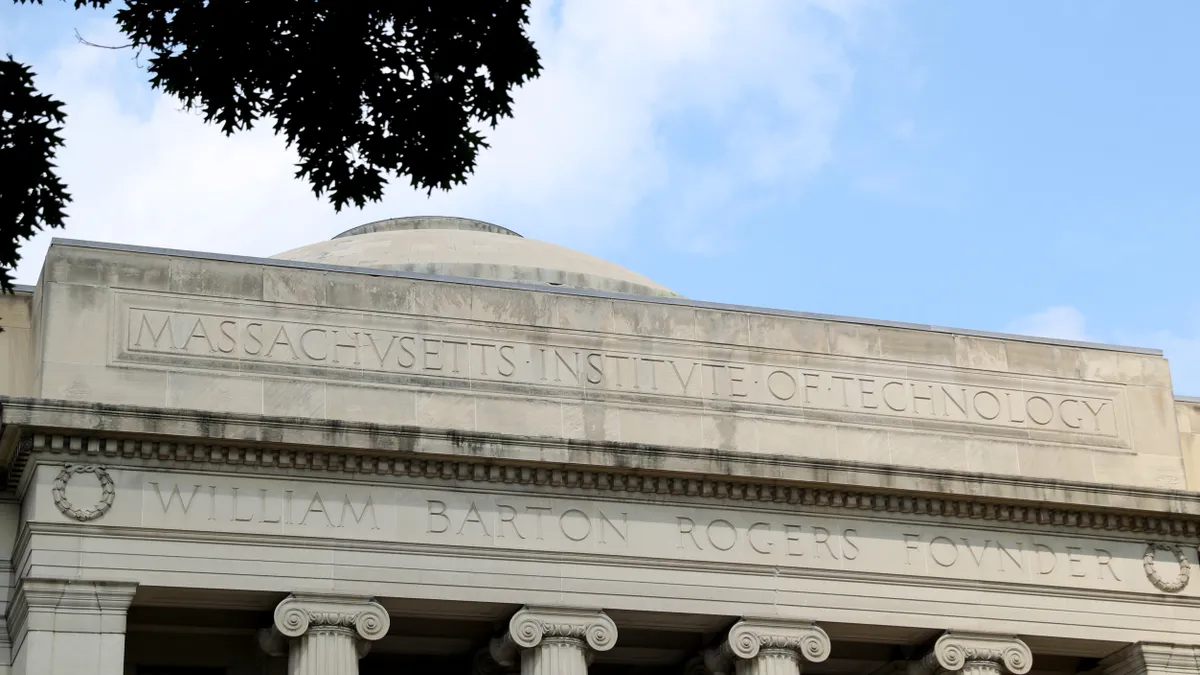UPDATE: The University of North Carolina at Chapel Hill campus police are seeking three people involved with Monday evening's takedown of Silent Sam, a statue on campus commemorating Confederate war veterans, WRAL reports. The three individuals in question are not affiliated with the university. They face misdemeanor charges for riot and defacing a public monument. One arrest was made at Monday's rally.
UNC Chancellor Carol Folt told reporters on Thursday that the university is focused on maintaining campus safety as an investigation of the protest continues, The News and Observer reported. But debate over the university's culpability for the situation is expected to continue.
A letter to the publication signed by more than 40 faculty members said the university previously had a chance to address the issue peacefully but that "they dodged," and continuing to do so would be "coy and cruel." The university faced continued calls to remove or relocate the statue in recent years, to which it responded by citing a 2015 state law protecting historical monuments from modification.
So far, the university's intention appears to be to reinstall the statue. In a video response, attorney Thom Goolsby, a member of the UNC Board of Governors and former state senator, cited a state statute requiring the statue to be reinstalled within 90 days of its takedown. "[W]e will do all we can to work with the trustees and the administration to see to it that the perpetrators are punished, [and] that judgment is sought for their felonious criminal acts," he said.
Dive Brief:
- Protestors Monday evening tore down a controversial statue on the campus of the University of North Carolina at Chapel Hill commemorating Confederate soldiers, The News and Observer reported.
- This is not the first time Silent Sam, which was erected in 1913 and takes the form of a Confederate soldier, has faced pushback from members of the student body and the general public. The outcry came to a head earlier this year, when student Maya Little threw blood and red ink on the statue as an act of protest that was live-streamed on Facebook. Last August, hundreds gathered at the statue to demand its removal in the aftermath of a white supremacist rally at the University of Virginia’s Charlottesville campus that turned violent and resulted in the death of a counter-protester.
- Monday night’s protest gathered a crowd of more than 200, according to USA Today, initially in support of Little, who faces charges in criminal court and the university's honor court.
Dive Insight:
Classes at UNC at Chapel Hill started Tuesday morning, and already the campus community is contending with an issue that has put many students and administrators there at odds.
During last August’s rally at Silent Sam, protestors pressed the university to remove or relocate the statute. The administration said in a letter to Gov. Roy Cooper at the time that “there are real safety and security risks associated with either taking the statue down or leaving it up,” the Herald-Sun reported. Protests concerning the statute’s presence on campus escalated throughout the academic year to press the university to remove it.
Monday’s topping of Silent Sam suggests students are not willing to wait on administrators to remove controversial symbols from campus. Meanwhile, leaders must consider the impact of a sanctioned removal of an institutional artifact on alumni and other donors, in addition to the safety and security of the student body and staff.
While some argue these and other statues represent an institution’s past and should therefore be preserved, others contend they galvanize the growing tide of white supremacy in the United States. With last August’s protest and counter protest at UVA concerning a statue of Confederate States Army Commander Robert E. Lee at a public park near the university, administrators nationwide are reconsidering the modern implications of such symbols.
Shortly after the protests in Charlottesville, the University of Texas at Austin removed a handful of Confederate statues from its campus. And in Charlottesville, tarps covered the statue of Lee and another of Thomas “Stonewall” Jackson from late August until a circuit court judge ordered their removal in February.
In addition to rethinking the implications of such statues and other symbols on campus, many administrators say they are increasing security spending and offering students forums to discuss the effects of hate speech.
Other ways higher ed administrators can respond to campus unrest resulting from these and other situations are outlined in a 2017 report from the University at Albany. They include establishing conditions in advance of an event to encourage collaboration during an incident and identifying the right moment to intervene so as to balance the often-competing interests of free speech and campus safety.










